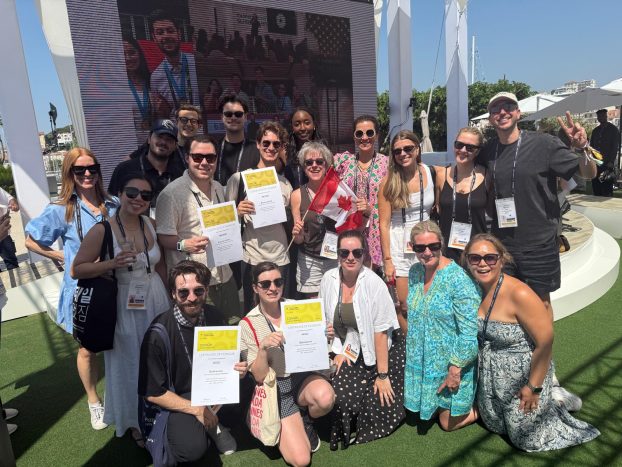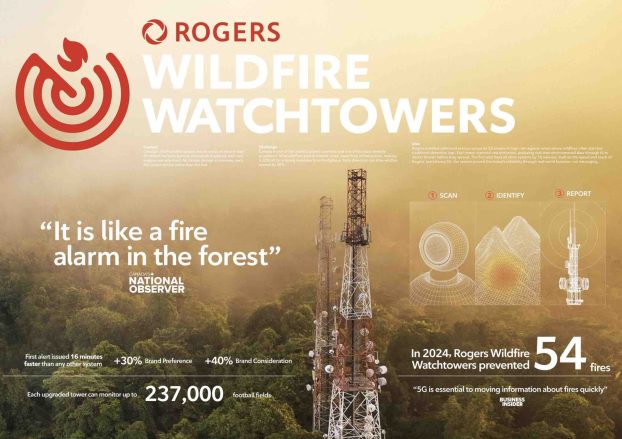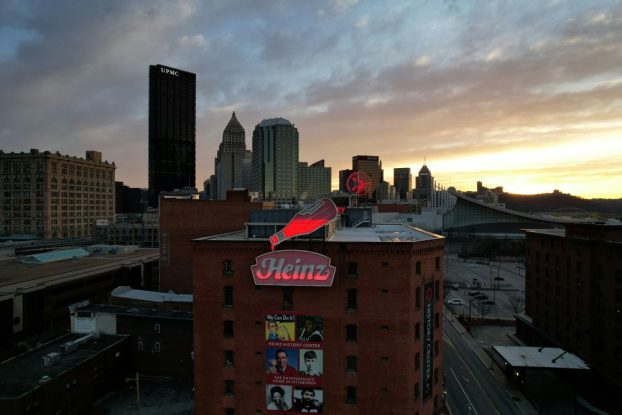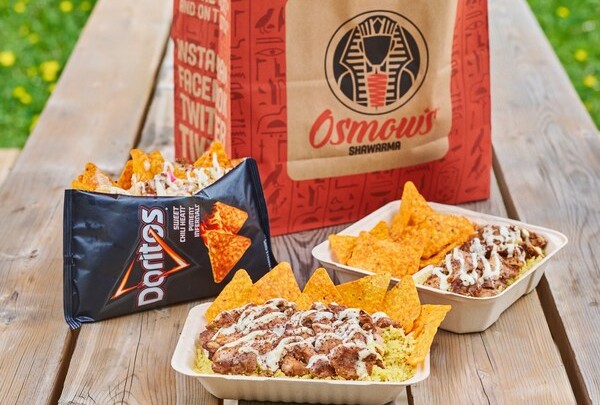Agency/Media Company: MediaVest Worldwide
Client: Toronto Blue Jays
Team: Brent McKenzie, vice-president, group media director
Timing: March to September 1999
Best Use of Radio: Runner-up
The Background
The Toronto Blue Jays once were celebrated as one of the most successful franchises in Major League Baseball history. During their peak years, in the early part of this decade, they earned back-to-back World Series titles, while smashing regular-season attendance levels.
The team’s triumph at the box office reflected both the hunger of Torontonians for the game, and the skill of management at leveraging this phenomenon. Of course, the opening of the spectacular SkyDome in 1989 had also added significantly to the experience of ‘being at the game.’
From 1994 onward, however, the attendance picture had begun to change. The players’ strike that year had a serious effect on fan attitudes – not just in Toronto, but in every Major League town. Also, a number of popular players had departed, and there were no high-profile replacements on the roster to maintain public attachment and support. The novelty of the Dome was dimming, ticket prices were going up and it was getting easier to watch the game at home. To say nothing of all the other entertainment options in the city that were vying for attention.
Promotional budgets for the Blue Jays tended to be relatively small – an indicator of the degree to which the franchise depended on public sentiment and public vehicles to carry the day. The Jays had always maintained that they didn’t need to advertise. But ticket sales suggested otherwise.
The objective of this plan was to develop an advertising program that would get the fans into the game, as a first step toward actually drawing them into the stadium. The key insight was that baseball itself is only part of ‘the game.’
The Plan
Radio advertising formed the core of the campaign. Key to the success of the plan, however, was inducing the participating radio stations to let the Jays tap into their considerable promotional resources as well. In this way, the team ‘grew’ a comparatively modest radio advertising budget of $500,000 into a dynamic promotional war chest. In some cases, this increased the value of their media investment by three to four times.
Radio was the showcase medium for several reasons. For one, it offered the exciting retail imperative considered essential to the team’s promotional needs. And it provided both immediacy and flexibility, which made it easy to adjust the Jays’ messages to suit the changing needs of the program.
Advertising messages, which focused on the inherent rewards of ‘being at the game,’ constituted the bulk of the branding effort. There were 30-second spots that ran throughout the day, backed up by 10-second tags that ran exclusively during drive time. Posters and newspapers provided additional support.
Promotion, meanwhile, formed the largest part of the total effort. Eight stations in the Greater Toronto Area were contracted to (a) carry the Jays’ brand message, and (b) lend support to specific home-stand promotion days. These were negotiated on a case-by-case basis with the stations, all of which had historically been successful at linking the Blue Jays with segments of their fan base. The steady, week-long airing of promotional spots ensured a constant level of baseball ‘buzz’ in the air, while the use of specific promo days helped to dramatize a genuine need for action.
The promotional schedule locked into virtually every major Toronto home game. In all, there were some 60 events through the course of the season, many wrapped around special occasions such as Father’s Day and Canada Day. Fan incentives ran the gamut – from the opportunity to meet the players, to reduced ticket prices, to cash and prize giveaways.
The Results
For the first time in several years, the Jays actually surpassed their attendance goals, attracting 2.1 million-plus fans to their home games last season. By that measure alone, the 1999 program was a resounding success.
The plan was built on the recognition that baseball is a total entertainment experience – one that encompasses the players, the fans, the venue, the sights, the sounds and everything else that contributes to the carnival atmosphere of being at the ballpark. And nothing validated the currency of that insight more than the success of Austin Powers Night. Developed in collaboration with Q107-FM to tap the popularity of Austin Powers: The Spy Who Shagged Me, the promotion encouraged fans to come dressed as characters from the movie. Attendance for that single night was up 20%, and the event enjoyed potent PR power as well, attracting North America-wide coverage via TSN, CTV Sportsnet, CNN and others. It added to the fun of the game, and helped fans share the experience. Not bad for a fictional character who, frankly, has nothing much to do with baseball. Yeah, baby!
Also in this report:
* Bates takes the cake p.BMP2
* MaxAir fires on all cylinders: Multi-tiered plan for high-menthol gum was imbued with irreverence p.BMP3
* Dentyne Ice kisses up to teens with party promo: Initiative was designed to drive both brand awareness and sales p.BMP4
* Kool-Aid placement reflected fun, refreshment p.BMP6
* Aussie creates ‘in your face’ presence: Repositions brand as funky, outrageous p.BMP8
* Guerrilla tactics get Panasonic noticed: Campaign used underground channels to reach club crowd p.BMP10
* Much VJ follows his Natural Instincts on air p.BMP12
* Chapters stands out in dot-com crowd: Multimedia approach helped retailer create perception of market and category dominance p.BMP15
* Campbell’s cooks up targeted advertorial: Partners with CTV, magazines to create a presence beyond traditional ad buy p.BMP16
* Looking at Philips through fresh eyes: Redefinition of target market sparked departure from the traditional choice of television p.BMP18
* Minute Maid aims for morning ownership p.BMP24
* Western Union a global Villager p.BMP28
* Scotiabank breaks out of the mold p.BMP32
* Clearnet clusters creative: Complementary boards were positioned in proximity to one another to maximize visibility, engage consumer p.BMP38
* The Judges p.BMP43




























